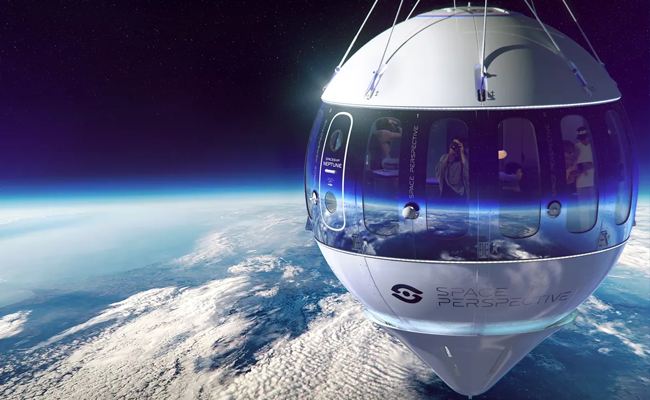Proxima b is a planet that orbits the star Proxima Centauri, the closest star to our solar system. It was discovered in 2016 by researchers using the radial velocity method, and it quickly gained attention as a potentially habitable exoplanet. In this article, we’ll take a closer look at Proxima b and what makes it such an intriguing object of study.
Discovery and Characteristics of Proxima b
Proxima b was discovered using the radial velocity method, which measures the wobble of a star caused by the gravitational pull of an orbiting planet. This method suggested that there was a planet with a mass similar to Earth orbiting Proxima Centauri every 11.2 days.
Based on the planet’s orbit and the temperature of Proxima Centauri, astronomers estimate that Proxima b has a surface temperature between -60 and 30 degrees Celsius. This puts it in the potentially habitable zone, the region around a star where temperatures are just right for liquid water to exist on the surface of a planet.
Proxima b is only slightly larger than Earth, with a radius estimated to be about 1.3 times that of our planet. It orbits its star at a distance of just 0.05 astronomical units (AU), which is about 5% of the distance between the Earth and the Sun. This makes it a very close neighbor in astronomical terms.
Atmosphere and Environment
One of the big questions surrounding Proxima b is whether it has an atmosphere and what that atmosphere might be like. Without an atmosphere, the planet’s surface would be bombarded by radiation and its temperature would fluctuate wildly. With an atmosphere, the planet could potentially have a stable climate and conditions that are more hospitable to life.
Researchers are currently working to study Proxima b’s atmosphere using a variety of methods, including the transit method, which looks for changes in the star’s brightness as the planet passes in front of it. The results of these studies could provide important clues about the planet’s potential habitability.
Another factor that could influence the habitability of Proxima b is the intense stellar winds and radiation coming from Proxima Centauri. These factors could strip away the planet’s atmosphere and expose its surface to dangerous levels of radiation. However, it’s also possible that the planet has a protective magnetic field that could shield it from these effects.
Future Studies
Despite its proximity, studying Proxima b is no easy task. The planet is too small and too close to its star to be directly imaged, and its atmosphere is difficult to study from such a great distance. However, astronomers are working on new technologies and techniques that could help us learn more about this intriguing planet.
One such technology is the James Webb Space Telescope, which is set to launch in 2021. This powerful telescope will be able to study the atmospheres of exoplanets in detail, potentially providing us with new insights into the composition and habitability of Proxima b.
Conclusion
Proxima b is a fascinating planet that has captured the attention of astronomers and the public alike. With its location in the potentially habitable zone and its proximity to our solar system, it represents an exciting opportunity to study an exoplanet that could potentially host life. While there are still many questions to be answered, ongoing research and future technologies give us hope that we’ll soon learn more about this intriguing world.
![]()





